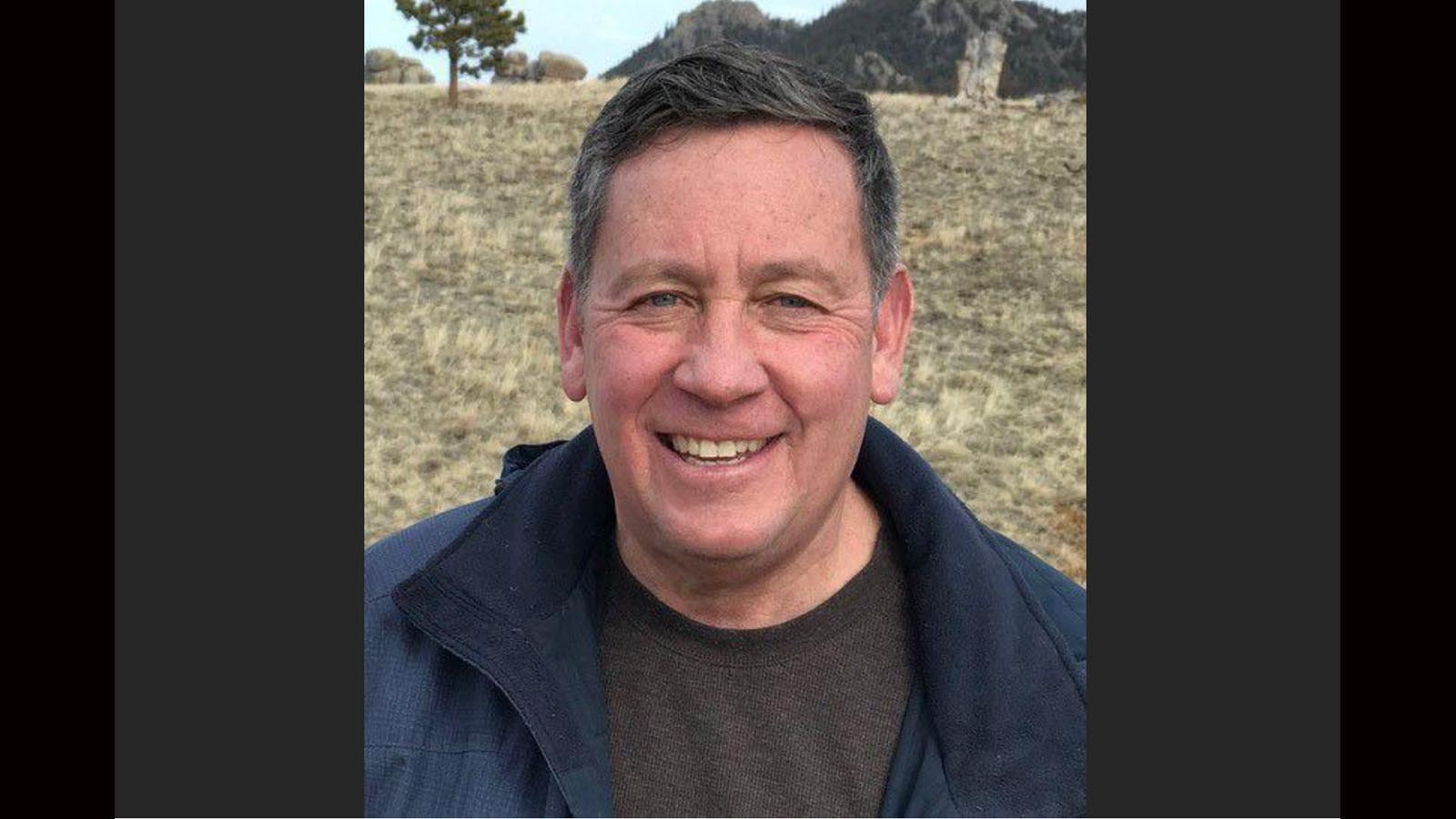Full disclosure: I live near the proposed Rail Tie wind project. The Rail Tie Wind project is an Industrial Wind Turbine Plant extending from Vedauwoo and Ames Monument on the east, through Tie Siding and Hwy 287 extending to Boulder Ridge on the West in Albany County.
I found out about the proposed project at a public meeting held in January of this year. Up until this point I really had not thought much about turbine farms except seeing them along the highway when driving.
My background includes over 45 years in engineering, so I felt some real research into wind and solar generation was in order.
My first experience with renewable energy goes back to when I was 12 years old and my parents buying me a “100 in 1 electronics kit”. This kit included a tiny 2” x 2” solar cell. I was fascinated that I could light the small flashlight bulb with this solar cell just by illuminating it with sunlight.
In 2008, while building the house we currently live in, I was committed to generating at least part of our power by wind or solar energy. The Wyoming Business Council at that time had homeowner grants for wind energy. I was able to reserve two $5000 grants so I began my research.
The best quality turbines had a one-year warranty and I soon found out that they began to apply the brakes at winds of just 30 MPH. Return on investment even with the grant money was about 9 years. And this did not include maintenance. I decided to pass on wind turbines and just stick to solar.
One thing I have learned in engineering is the more moving parts you have in equipment the more chance of breakdown. Have you ever noticed that the two things that typically go wrong most often in a computer are the fans and the hard drives? Traditionally the two items with moving parts in any computer.
So, let’s examine wind and solar on an industrial scale. The company that is proposing the Rail Tie project is ConnectGen. They are a relatively new company out of Houston Texas that are involved in both Wind and Solar.
Let us compare two of their projects from the ConnectGen website. One solar and one wind. For the wind project we can use the Rail Tie project planned for the Vedauwoo area. For the solar project we will use ConnectGen’s South Ripley project in New York state.
The Rail Tie project will generate 504 megawatts of power on 26,600 acres of land. The South Ripley project will generate 270 megawatts on 2000 acres. Now some calculations.
By using these figures supplied by a wind and solar generation company you could generate 504 megawatts of power on 3733 acres with solar rather than using over almost 27,000 acres for a wind plant to generate the same amount of power. That is quite a difference in land efficiency.
Let us look at other factors. Wind turbines now days are well over 500 feet tall. This is the equivalent of a 45-story building.
To protect aircraft safety the Federal Aviation Administration says that towers over 198 feet in height are required to have flashing lights atop them. The Rail Tie project could have over 150 towers.
That is 150 flashing lights. Solar structures are typically no more than 15 feet off the ground. No lights.
The rotating blades of wind turbines can gather ice during the winter. As the sun comes out or temperatures rise the ice will shed off the blades throwing ice up to 2500 feet. Solar cells just shed ice to the ground. No moving parts.
What does the carbon footprint look like during construction? Each wind turbine requires three extended semi-trucks for the blades, two semis for the tower sections, and one for the turbine.
Each semi is an over-sized load by highway standards so 12 pilot vehicles are also required. That a lot of diesel fuel. Solar would require a few standard semi-trucks for the support structures and the panels.
One item that comes up quite a bit is the impacts and small birds and raptors. While there is a varied opinion as to the impact turbines have on the bird population, most agree that turbines (again having moving parts) do kill birds. Solar does not have this same problem.
Wind turbines while they appear silent, do put out low frequency noise called infrasound. Since the turbines are moving due to the air flow passing through them, this can cause these low frequency noise affects.
This would be the same as to going to a rock concert and feeling the bass as much as hearing the bass. Solar again does not have this issue.
I think we can all agree that we will be moving toward renewable energy in the future.
However, when doing the engineering, some renewable energy development is more practical and less impactable that other energy generation.
I have not even touched on small modular nuclear. This has must potential for continuous generation which both wind and solar do not.
When looking at our future of power generation in Wyoming, let’s not just consider short term gains but let’s plan for a long-term strategy that makes Wyoming an attractive place to generate power.





